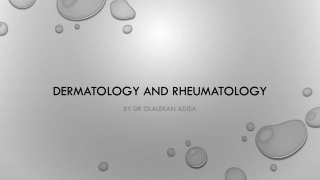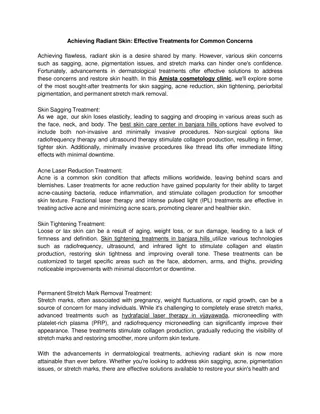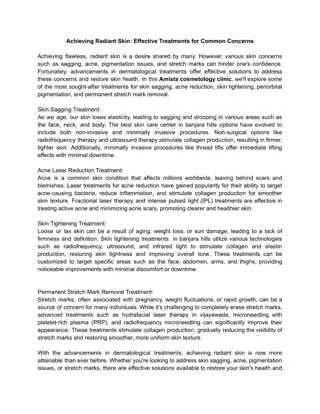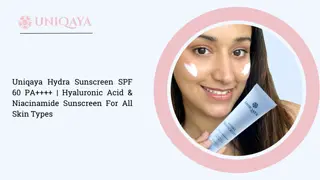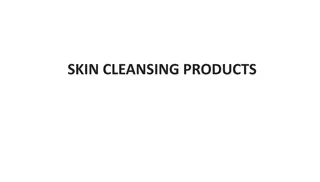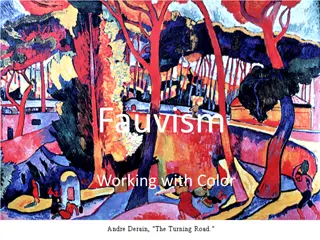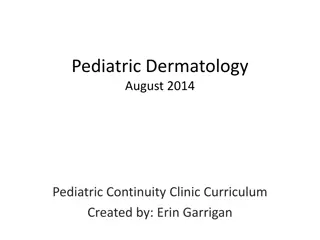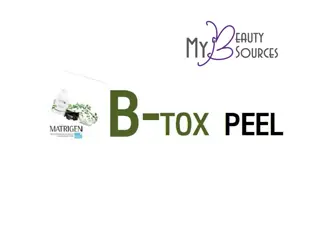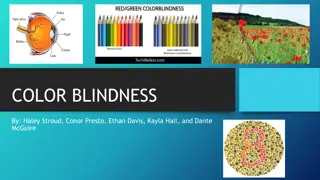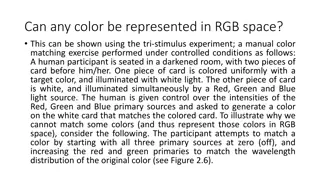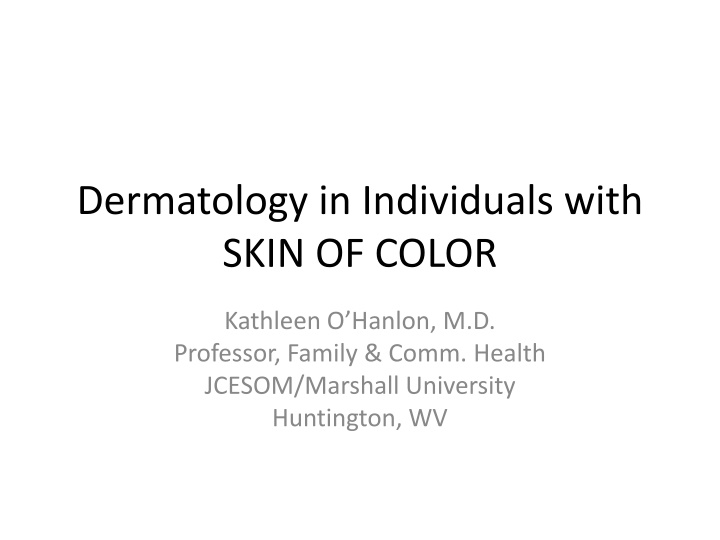
Dermatology in Skin of Color Individuals
Explore the nuances of dermatological conditions in individuals with skin of color, discussing normal variations, common disorders, and distinctive presentations. Learn about Pigmentary Demarcation Lines and their characteristics in various populations.
Download Presentation

Please find below an Image/Link to download the presentation.
The content on the website is provided AS IS for your information and personal use only. It may not be sold, licensed, or shared on other websites without obtaining consent from the author. If you encounter any issues during the download, it is possible that the publisher has removed the file from their server.
You are allowed to download the files provided on this website for personal or commercial use, subject to the condition that they are used lawfully. All files are the property of their respective owners.
The content on the website is provided AS IS for your information and personal use only. It may not be sold, licensed, or shared on other websites without obtaining consent from the author.
E N D
Presentation Transcript
Dermatology in Individuals with SKIN OF COLOR Kathleen O Hanlon, M.D. Professor, Family & Comm. Health JCESOM/Marshall University Huntington, WV
Goals of this Presentation Discuss normal variations in skin of color Review skin disorders that are more common among individuals with skin of color Discuss skin disorders that appear differently in individuals with skin of color Review dermatologic conditions in infants and children with skin of color
Defining Skin of Color 2000 NIH Conference struggled with the definition as it encompasses individuals of various races and ethnicity Includes Blacks, Asians, Hispanics, Latinos (all increasing segments of U.S. population) Fitzpatrick skin classification system or objective color measurement devices are useful, but have limitations Taylor SC. Cutis 2002; 69:435
Normal Variations in Individuals with Skin of Color
Pigmentary Demarcation Lines PDLs are also known as Futcher s Lines or Voight s Lines Type A PDLs are the abrupt transition between light and dark skin on the anterior portion of both arms Type B PDLs are on the posterior legs Type C, most common in AA and Latino children, is vertical hypopig. over sternum Lesions require no clinical intervention
PDL Type C Inherited as autosomal dominant Incidence 70% in prepubertal AA children Incidence is 30- 40% in AA adults Less noticeable w age
PDLs continued About 75% of African Americans have at least 1 demarcation line; believed to be due to arrest of migration planes of melanocytes Lines are more common in AA women, Hispanic women and PG women. 4% Japanese. Rarely in Caucasians. Lines typically occur in 5 recognized areas: Anterolateral upper arms Posteromedial lower legs Hypopigmentation in the presternal area Posteromedial trunk to spine From the clavicle to the nipple
Longitudinal Melanonychia Longitudinal pigmented nail bands commonly found in individuals with skin of color The number of nails affected, and the degree of pigmentation tends to increase with age More common in darkly pigmented individuals The degree of pigment is uniform longitudinally, but may vary transversely
Melanonychia Longitudinal . Transverse
Longitudinal Melanonychia contd. Main goal for primary care physicians is to exclude acral-lentiginous melanoma (ALM), the most common melanoma type in African Americans & Hispanics Biopsy: those >6 mm wide, solitary (symmetrical involvement favors benign), dark or with signif. color variation, and those assoc d with nail deformity or extension to the surrounding skin Ethnic Skin. Mosby. , 1998.
Acral Lentiginous Melanoma Wide band that extends length of nail
Palmar Crease Hyperpigmentation Palmar crease pigmentation commonly encountered on the lighter skin of the palms in individuals with skin of color Degree of pigmentation in the creases parallels the overall darkness of the skin
Palmar Crease Punctate Keratoses & Pits Conical, hyperkeratotic papules or plugs in creases that evolve into pits once removed Keratoses and pits common in African American adults, but not in children Prior reports of a link with internal malignancy or manual labor appear unfounded Treatment aimed at hyperkeratoses can be helpful (salicylic a., tretinoin, ), but no rx is required. Hsu S. Am Fam Physician 2001; 64: 475.
Oral Hyperpigmentation Common in both infants and adults; incidence probably >75% of AA; also common in Asians Hyperpigmentation is found most often on the gingivae, but also occurs on the buccal mucosa, hard palate and tongue Pigment usually symmetric but may be patchy, often parallels degree of skin color
Plantar Pigmentation Asymptomatic, hyperpigmented macules commonly encountered on the plantar surface of AA individuals Darker-skinned individuals more commonly affected Pigmented areas usually multiple, patchy, with irregular borders Other Dx ic considerations: post-inflamm. hyperpig., tinea, 2ndary syphilis, and arsenic keratoses Rosen T. Atlas of Black Dermatology, 1981. 16.
Common Skin Disorders Appearing Differently in Individuals with Skin of Color
What is this inflammatory skin disorder on the face?
Discoid Lupus Erythematosus Chronic inflammatory disorder which occurs twice as often in females Peak age 35 45 yrs old Begins as localized, edematous erythematous plaques which spread outward on sun- exposed skin DLE only occurs in about 15% of patients with SLE (may precede, appear simultaneously or follow development of SLE) Rodnan GT. Primer on Rheumatic Diseases. 8th ed.
Most lesions develop central hypopig. and atrophy. Well estab d lesions are rimmed with peripheral hyperpig.
Can be quite disfiguring d/t scarring and alopecia
Lichen Planus Papulosquamous dis. of unknown etiology Typical lesion is polygonal, shiny, flat-topped, and violaceous PIH may be present and persistent Sites of predilection include wrists, ankles, penis and lumbar area Has been associated with Hepatitis B and C
Oral Lichen Planus Wickham s striae white, lacey network on the buccal mucosa; more common in Caucasions
Sarcoidosis Systemic disorder wh produces granulomas in mult. tissues, skin involvement in 25% Often presents w bilat. hilar adenopathy, pulmo. infiltrates, and skin or eyelid lesions 10X higher incidence in African Americans 2 female:1 male ratio Skin changes include papules, plaques, scar- like changes appearing over several months
E. Nodosum Most Common Skin Manifestation of Sarcoidosis Red tender nodules on Extensor surfaces
Erythema may again be difficult to appreciate in SOC
Sarcoidosis Facial & Eyelid Lesions Dx estab d by histologic evidence of non- caseating granulomas Biopsy!
Cutaneous Manifestations Highly Variable in African Americans Lesions can be annular Lesions can be ichthyotic Lesions can be ulcerative Lesions can be hypopigmented macules Scarring and alopecia can occur Intralesional steroids are mainstay of rx Johnson BL. Ethnic Skin. Mosb y. 1998
Ulcerated Annular, hypopigmented
Lupus Pernio can be another skin manifestation of Sarcoidosis Clusters of firm, raised, glistening violaceous papules on alar border of nose, lips and cheeks Can give nose a bulbous appearance Can appear on ears, fingers, and knees Saboor SA. Br J Hosp Med 1992; 48: 293.
Vitiligo Face Perioral and ocular
Vitiligo Probably autoimmune disorder (autoantibodies directed against melanocysts) affecting 1-2% of the world s population Most common sites of involvement include the hands, feet, genitalia and face can be very striking in SOC Can affect a dermatome or an entire extremity Sudden pigment loss can follow a sunburn Typically starts in 1st-3rd decades; 25% by age 10; often in pp with +FH Barrett C, Whitton M. Interventions for Vitiligo. Cochrane Skin Group. Cochrane Protocol. Issue 2, 2003. Oxford: Update Software.
Cosmetic camouflage, if <10% skin involvement high dose topical steroids may halt the spread & encourage repigmentation; PUVA (oral or topical psoralens & UVA radiation), and cognitive behavioral rx for psycho-social effects. Sunblock mandatory. Nordlund JJ. Dermatol Clinics 1993; 11:27.
Tinea Versicolor Chronic, superficial fungal infx (Pityrosporum obiculare ) (aka Malassezia furfur) Depigmentation caused by tyrosinase inhibitory activity & toxic melanocyte effect of the acids produced Hypo- or hyperpigmented macules that coalesce into larger patches Common on upper trunk, neck, upper exts. (areas w active sebaceous glands so mostly in teens & adults ) Worse in heat/humidity Without rx the disorder can be chronic



